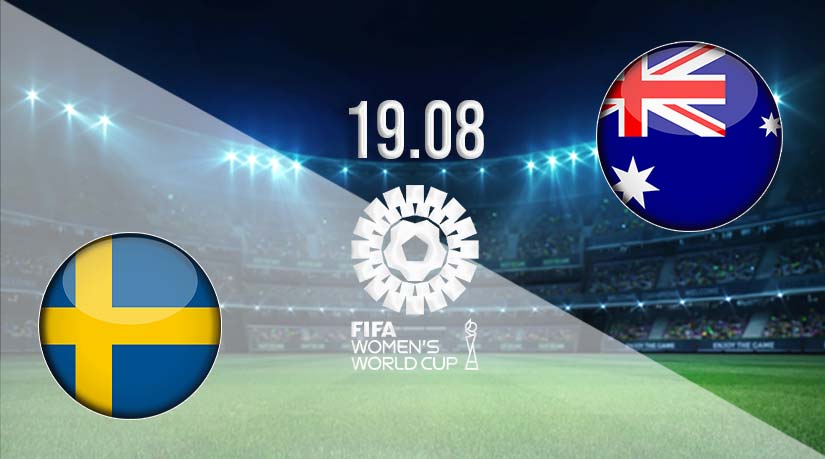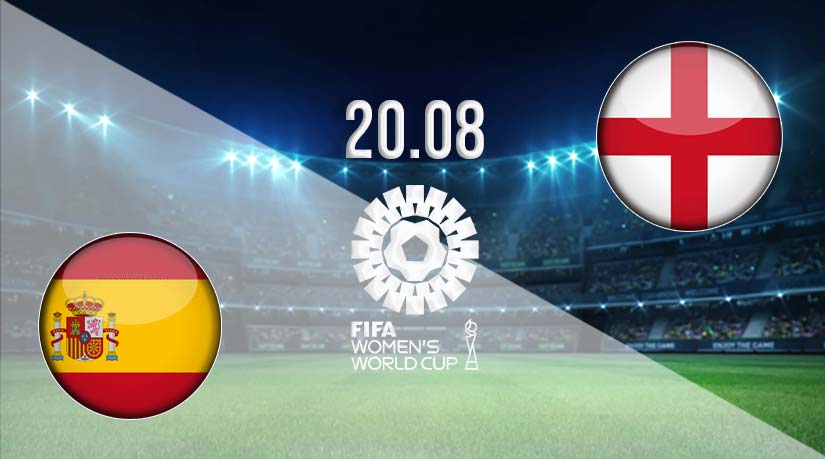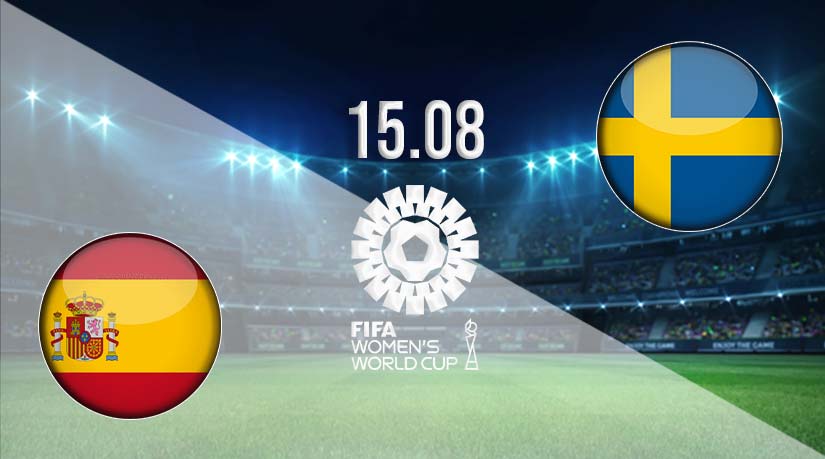A Comprehensive Guide to the FIFA Women’s World Cup: History, Impact, and Evolution
This article is about the world’s greatest gathering of female footballers. As the headline says, here you will get all the insights: how it’s changed the field, why this event is so important, and even how the cup trophy was designed. 22Bet will be your best friend, keeping you up to date on every single stage of this sporting event. We have got all the answers.
What is this Event About?
The tournament takes place every four years and features national teams from all over the world. It serves as a platform for the best talents to compete for supreme success. Therefore, this competition remains the highest-attended women’s sports event globally.
The History and an Overview of the FIFA Women’s World Cup
The FIFA Women’s World Cup began in 1991 and has changed a lot since then. A significant moment came in 1999, when the tournament introduced an official trophy for the first time, making it feel more official.
Over the years, the competition has grown from 16 to 24 teams (starting with the 2015 edition). The format includes group stages, where teams play to earn points and move on, followed by knockout rounds where one loss means you’re out. Finally, the two best teams meet in the grand final to decide the champion. This setup gives fans plenty to cheer about.
The Women’s World Cup was a huge turning point for women’s football because it provided a global platform – something that didn’t exist before. The first edition in 1991 was held in China, which helped spread the game to new regions beyond the usual strongholds in Europe and the United States. As time went on, the tournament became more popular and attracted more support and funding for women’s football.
This event has hit many milestones, especially in pushing for gender equality. For example, the 2019 Women’s World Cup reached over a billion viewers worldwide, and stadiums sold out for big matches.
This kind of attention has inspired young players everywhere and encouraged countries to invest more in women’s teams. In addition, women’s leagues now attract larger sponsorships and TV deals, showing how far the sport has come and how popular it really is.

Women’s Football Evolution & Impact
During the 1990s and early 2000s, women’s football evolved into more than just a novelty game to include women. Instead, it became a professional sport with its own leagues, sponsorship deals, and a growing number of fans.
This growth showcased the best female talents and gave them the opportunity to show their skills in front of global audiences. This spotlight inspired more countries to invest in women’s teams and opened the door to better funding.
For instance, after the US 1999 World Cup drew huge crowds and TV ratings, more businesses realized the potential of sponsoring women’s sports. This led to increased media attention, advertising deals, and support for women’s leagues.
However, the impact of the Women’s World Cup goes far beyond the field. It changed how people view women’s sports in general. It challenges old stereotypes and encourages more participation through media coverage.
This visibility shows young girls they can play at the highest levels. It motivates organizations to create more opportunities for female athletes on the pitch and off it – like coaching or broadcasting roles.
FIFA Women’s World Cup Schedule and Fixtures
The Women’s World Cup has a well-planned timetable. Every stage is full of new challenges for the teams, and players compete with more focus as the tournament progresses.
FIFA Women’s World Cup Schedule Overview
The tournament starts with a group stage, where all participating teams are split into groups by a draw. In most cases, higher-ranked teams (called “seeds”) are placed in different groups so the competition is evenly spread out. Once the groups are set, each team plays all the others in its group once. They earn three points for a win, one point for a draw, and zero for a loss.
After the group stage, the top teams from each group (based on points) advance to the knockout rounds, which include the Round of 16, quarter-finals, semi-finals, and the final. In this stage, a single loss means a team is eliminated. These are high-pressure matches where every goal counts.
The schedule is usually planned so that teams have enough rest between matches while keeping the action going for fans.
In 2023, Australia and New Zealand co-hosted the tournament, featuring 64 matches. One clear tactical trend was the rise in high-intensity pressing – teams tried to win the ball back quickly after losing it, which led to faster play and more scoring chances.
On the flip side, some teams stayed compact on defense and struck on the counterattack. This mix of approaches made the competition exciting and unpredictable while adding another memorable chapter to the history of women’s football.
Key Fixtures and Match Dates
Certain fixtures always draw more attention due to their importance and competitive nature. The opening match sets the stage for the tournament, while the semi-finals and final bring the highest stakes, often highlighting the world’s best teams and players.
In 2023, the final between Spain and England was a closely fought match, with Spain securing their first-ever Women’s World Cup title with their 1–0 win. The score may seem tight, but the statistics explain why Spain came out on top.
They held about 53% of the possession compared to England’s 47% and took 13 shots (with 5 on target). England only managed 6 shots (with just 1 on target). These numbers show the Spanish created more chances and limited England’s opportunities to score.
Key matches like the World Cup final decide more than just the champion. They also produce historic moments that fans remember for years. The 2023 final showed Spain’s attacking strength and England’s resilience right up until the final whistle.
This kind of performance not only crowns a winner but also inspires future generations of players.

U20 FIFA Women’s World Cup Fixtures
The U20 FIFA Women’s World Cup is where the next generation of women’s football stars take center stage. Like the senior FIFA Women’s World Cup, it starts with group stages—teams face each other to earn enough points to advance.
These fixtures are more than just dates and times on a calendar; they showcase the future of the sport. The young players competing here gain valuable experience that prepares them for senior tournaments later in their careers.
FIFA Women’s World Cup Standings and Results
The standings and results provide information about how players perform during the tournament, and fans see which teams perform their best. They also learn which teams might leave the tournament early.
For example, the 2023 competition concluded with Spain as the champions. England took second place, followed by Sweden in third and Australia in fourth.
Results and Scores from Women’s World Cup Matches
Game results and scores reveal key insights about how teams match up, adjust strategies, and build momentum through the tournament.
Each event, whether a group stage game or a knockout clash, contributes to the evolving story of the World Cup. Some notable results from the 2023 tournament include:
- Spain 1-0 England (Final): Spain emerged as champions after a hard-fought battle.
- Sweden vs. USA: Sweden advanced in a dramatic penalty shootout, marking the USA’s earliest exit in World Cup history.
- Australia vs. France: A gripping quarter-final decided by a record-breaking penalty shootout.
FIFA Women’s World Cup Final and Bracket
The tournament bracket clearly outlines the progression from the group stage to the final. It highlights each team’s path, showcasing their victories and challenges along the way. Spain’s journey in 2023 was marked by consistent performances and tactical mastery, culminating in a well-deserved championship win.
For example, in the group stage, Spain showed their attacking strength by beating Costa Rica (3–0) and Zambia (5–0). However, they faced a setback when they lost 4–0 to Japan.
The team rallied and bounced back by beating Switzerland in the Round of 16, the Netherlands in the quarterfinals, and Sweden in the semis. Each victory showcased their resilience – especially in tight matches where they needed late goals to move on. They proved that consistency and tactical skill can lead to historic success.
Teams, Players, and Champions
It’s no surprise that the FIFA Women’s World Cup brings together the best teams and players from around the globe. As the biggest stage in women’s football, it gives every player the chance to represent their country, face top-level competition, and gain worldwide recognition. Each tournament sets higher standards for the sport and showcases the ladies’ talents.
In 2023, 32 teams competed, each revealing its own playing style and football culture. Spain, England, and Sweden stood out. The latter controlled possession and stayed calm under pressure. England showed excellent resilience, while Sweden combined solid defense and sharp finishing when challenging opponents.
A few key players drove their teams forward. Aitana Bonmatí, who won the Golden Ball, powered Spain’s midfield with precise passing, clever positioning, and strong leadership. Japan’s Hinata Miyazawa, who claimed the Golden Boot, boosted her squad’s assault with her speed, creativity, and goal-scoring instincts.
These athletes left a lasting mark on fans and aspiring athletes around the world. Their dedication and skill continue to shape women’s football, inspiring a new generation to dream big and aim for the highest level.
Previous FIFA Women’s World Cup Champions
Over the years, the Women’s World Cup has seen a number of champions, each of whom has left their mark on the competition’s history:
- United States (2019, 2015): Known for their dominance and tactical acumen.
- Japan (2011): Famous for their technical skill and disciplined approach.
- Germany (2007, 2003): A consistently strong contender.
FIFA Women’s World Cup Winners List and Trophy that Values $30,000
The tournament’s current trophy was designed in 1998 by William Sawaya for the 1999 Women’s World Cup. It features a spiral shape that many say represents the upward growth of women’s football. It’s topped with a ball that symbolizes the global nature of the sport.
Weighing 4.6 kg, it’s made of silver and coated in gold. In the 2010s, organizers updated its base to display the names of all past winners, linking the trophy to its own unique history. By 2015, the trophy’s estimated value was around $30,000.
For the first two editions of the Women’s World Cup, however, the winners received a different cup commemorating their success. It measured 38 centimeters high and weighed 9.4 kilograms. The USA, in China PR 1991, and Norway, in Sweden 1995, had the privilege of lifting that trophy.
Predictions, Odds, and Betting for FIFA Women’s World Cup
By betting on the Women’s World Cup, you can engage with the tournament on a pro level. Through analyzing odds and considering expert insights, you can make informed decisions and add excitement to your viewing experience.
FIFA Women’s World Cup Odds and Betting Tips
Betting isn’t just about predicting – it’s also about spotting opportunities. At 22Bet, we offer you a range of choices to make your experience easier and rewarding.
You can pick who wins a match or explore more specific bets. If you understand how odds work and look into team stats, you’ll gain a real edge. The more you know, the better your chances of placing the right bet.
Predictions for Upcoming Women’s World Cup Matches
Knowing how each team plays, the tactics they use, and how their players perform is key to making accurate predictions. For example, a team known for quick counterattacks often produces open, high-scoring matches, which can guide you when placing bets on total goals.
Understanding these factors helps you estimate outcomes more confidently and spot the best betting opportunities.
Past and Future and FIFA Women’s World Cups
The Women’s World Cup honours its past while looking ahead to the future. Each tournament builds on the success of the last, offering new moments to remember.
Next FIFA Women’s World Cup (2027) Overview
The 2027 Women’s World Cup is already generating excitement. While the host country has yet to be announced, preparations are underway. Fans can expect more teams, more drama, and new football stars.
There’s talk of improved technology, like better VAR systems and more advanced match analysis. This will make the 2027 tournament even more immersive for fans and players alike.
Last Women’s World Cup Highlights and Summary
The 2023 tournament was memorable for multiple reasons. Spain’s success opened a new chapter in women’s football, highlighting their innovative tactics and strong will. The event also delivered unforgettable moments.
- Australia’s deep run as co-hosts galvanized local support and demonstrated the growing popularity of women’s football in the region.
- Sweden’s tactical masterclass against the USA saw them knock out the four-time champions in a penalty shootout that will be remembered for generations.
- Jamaica’s defensive resilience, which helped them progress to the knockout stages for the first time, captured the hearts of football fans everywhere.
When is the Next Women’s World Cup?
The next Women’s World Cup will be held in 2027. FIFA will soon announce the host nation and dates. Fans around the world are already looking forward to what promises to be an even more spectacular event.





 Arsenal
Arsenal PSG
PSG


